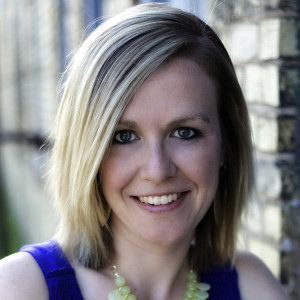Last year, U.S. colleges and universities enrolled roughly 20 million students at about 2,500 four-year institutions. College is big business, and so is getting into college. There are test prep services, essay writing coaches, even mentors to steer you to the “right” extracurricular activities for your college application. There is no shortage of advice and guidance for the millions of high school students who apply to colleges and universities each year—except if you are a student who wants to study the harp in college.
…finding the perfect college in a sea of options can feel overwhelming, even impossible
It doesn’t take a statistics major to figure out that harp students make up a minuscule fraction of those 20 million college students. So it’s not shocking that the multi-billion dollar college prep industry has not tailored its services to the harp sector.
That’s where Harp Column comes in. Since our first college guide in 2007, we’ve tried to provide harpists with specific information they need to navigate the college search process. In 2015, we put our directory of college harp programs on our website (harpcolumn.com/collegeharpprograms) so teachers and students would have a free, accessible way to find each other. While our directory doesn’t include all college options out there, we’ve tried our best to include every four-year school in the U.S. (and a few in Canada), with a harp teacher on the faculty. The total number of programs came in at 141 this year (see “College Harp Program Directory” on pg. 35).
With that many harp programs, there must be the right one for you somewhere. But having so many choices can also be a burden—finding the perfect college in a sea of options can feel overwhelming, even impossible. That’s why we asked newly appointed University of Arizona harp teacher Michelle Gott to give Harp Column readers some guidance in the process (see “Finding the Right Fit” on pg. 30). Gott, who studied at Juilliard and taught at the University of Ottawa in Canada before going to Arizona, talked to some of the top college harp instructors in the U.S. and Canada. She shares their advice, as well as her own tips for the college selection process.
We also wanted to know what advice professional harpists would have for their pre-college selves. With the benefit of hindsight and the wisdom that comes with time, Welsh harpist Gwenllian Llyr shared some personal insights that every incoming college harpist can learn from in her Sounding Board column on pg 10. On pg. 12, Anne Sullivan helps teachers understand their role in the lives of their college-bound students in Student Scenarios.
If you want even more harp-specific college guidance, check out articles from Harp Column’s previous college issues in September/October 2015, July/August 2013, and November/December 2007. Looking back at those past articles, the critical considerations for incoming college harpists remain unchanged over the last decade: the school’s balance of academic and musical focus, the location and size of the program, and, above all, the harp teacher. The student-teacher relationship is the centerpiece of a harpist’s college experience, so it’s hard to overstate the importance of finding the right fit. But in the quest to find that ideal scenario, there is a danger in trying to eliminate all discomfort. College is supposed to be a time of growth, and growth is rarely comfortable. It’s is often the result of awkward, uncertain, stressful experiences—even failures. Musical growth can only happen to a willing party—someone who is as engaged in making the most of their college experience. If you sit in your comfort zone and expect your school and your harp teacher to create a transformative experience for you over the next four years, you are in for a disappointment.
So go give it the old college try. Do your research, practice those audition pieces, find the right teacher. In four years, you’ll be the one handing out advice. •







